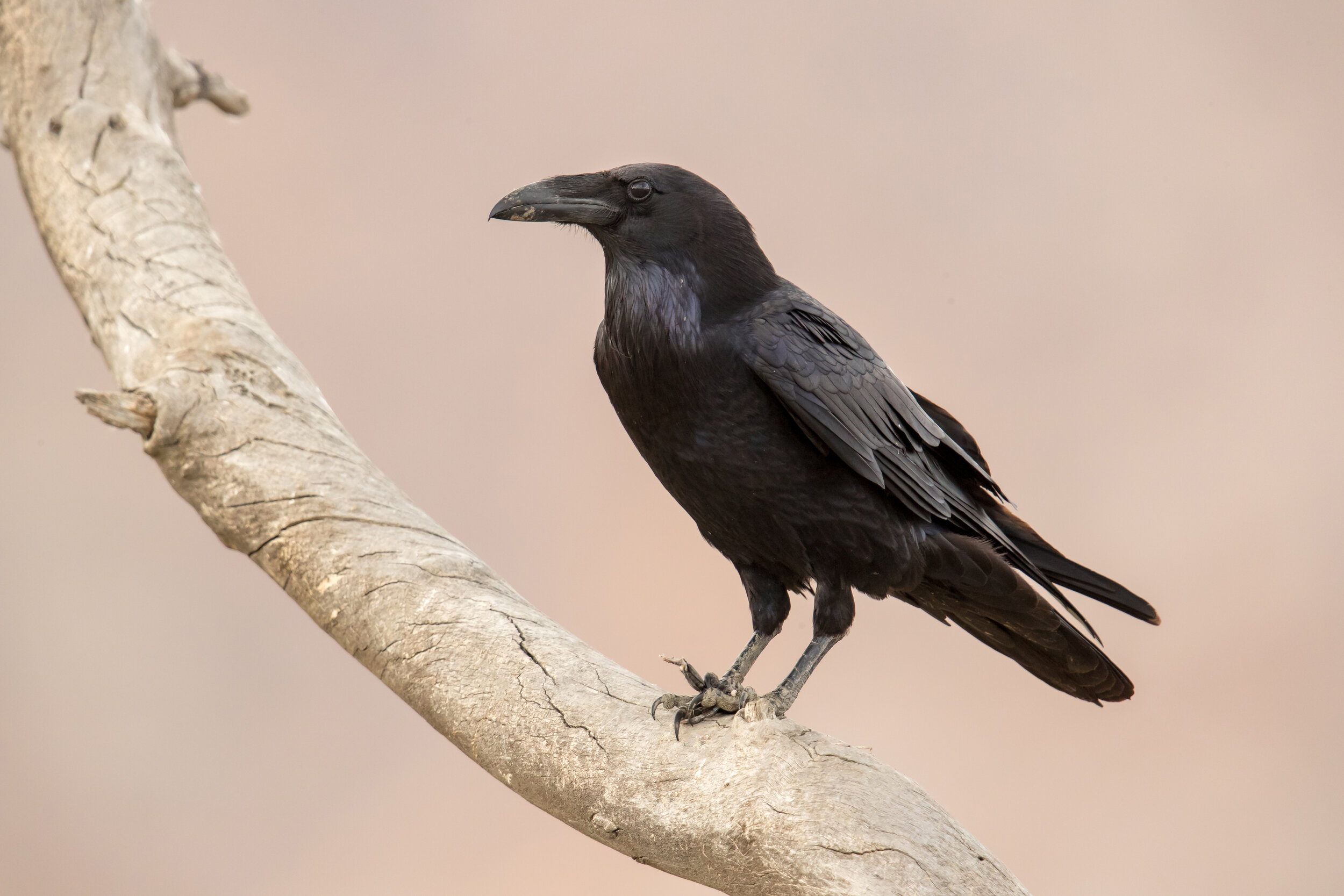Northern Goshawk
The northern goshawk is a fierce bird, the largest of the Accipiter genus in Wisconsin. With a Holarctic distribution, the goshawk glides through coniferous and hardwood forests of boreal and northern temperate regions across the world. The face of northern goshawks is dark grey, with a white eyebrow slashing across its side, contrasting its red eyes. The belly is finely barred grey in adults.
Juvenile goshawk in the nest, photo by Andrey Gulivanov
Goshawks in Wisconsin prefer mature forest, and will often find the largest tree in a tract to place their nest. Hunters of the forest, these birds tend to prefer open understories free of brush where they can hunt with more airspace. For Wisconsin birds, diet includes ruffed grouse, red squirrel, blue jay, crow, and eastern chipmunk. A majority of the North American breeding population of goshawks resides in Canada, but most northern Wisconsin counties have nesting pairs, and the birds will migrate into Wisconsin in great numbers every 8-10 years when the abundance of ruffed grouse and snowshoe hare declines in the Canadian boreal forest.
Nesting pairs will produce 2 to 4 eggs, though research from northern Wisconsin suggests that the fisher (a small carnivore of the weasel family) will prey upon goshawk eggs and reduce reproductive potential. Nests in northeastern Wisconsin that produced 2.3 fledged young per nest from 1971-1981 only produced 1.3 fledged young per nest from 1982 to 1992 as fisher populations increased. Goshawks are known to fiercely defend nests, but fishers ambush the nest as can humans. Goshawks are valuable in falconry, and multiple nests in Wisconsin were found to be illegally captured for this purpose. For an excellent read about a singular goshawk, you might check out H is for Hawk, Helen Macdonald’s memoir about raising her goshawk Mabel.
The fierce look of a northern goshawk, photo by Zweer de Bruin
There remains some concern about the future of the goshawk in Wisconsin. As a northern bird, climate change may push this species to the brink. Even under the most conservative estimate of 1.5 degrees Celsius warming, the goshawk is projected to lose its entire breeding range in northern Wisconsin and most of the eastern United States, according to Audubon’s “Survival by Degrees: 389 Bird Species on the Brink.” The northern goshawk ranks as one of 44 high vulnerability species in Wisconsin.
These fierce accipiters should be enjoyed while they still inhabit Wisconsin. A quick look at current sightings on eBird reveals birds at Wehr Nature Center near Milwaukee and at UW-Madison’s Arboretum.
Written by Drew Harry, Faville Grove Sanctuary land steward
Cover photo by Martha de Jong-Lantink



























